space
This Powerful NASA Space Shuttle Logged 148,221,675 Miles Around the Planet
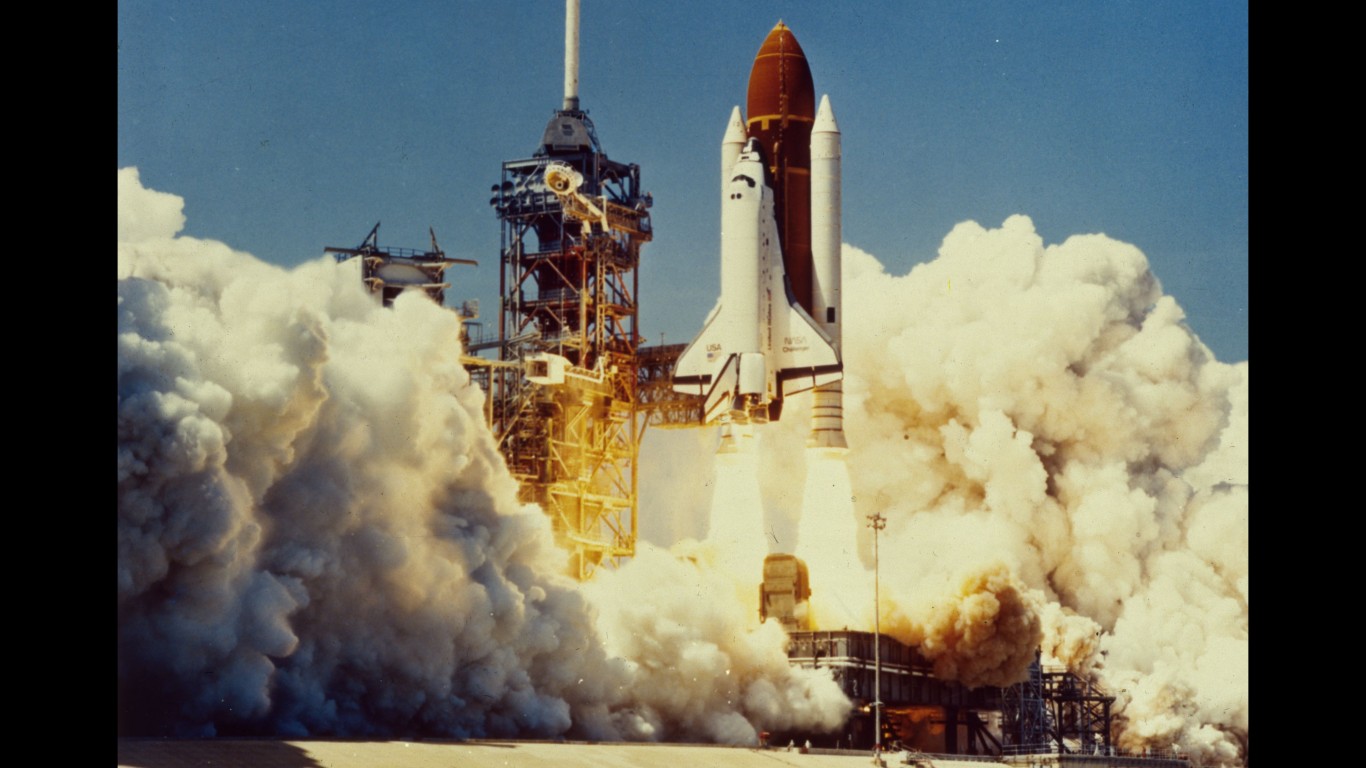
Published:

This week NASA is working on the problem of when and how to return two astronauts home from the International Space Station after they were stranded there by problems with the Boeing Starliner craft that brought them there. These kinds of difficulties might give us some nostalgia for the Space Shuttle program that ran from 1981-2011. NASA built a total of 6. What were the differences between them, and which were the most successful? We’ve ranked them for you based on data from NASA and media sources.
24/7 Wall St. Insights
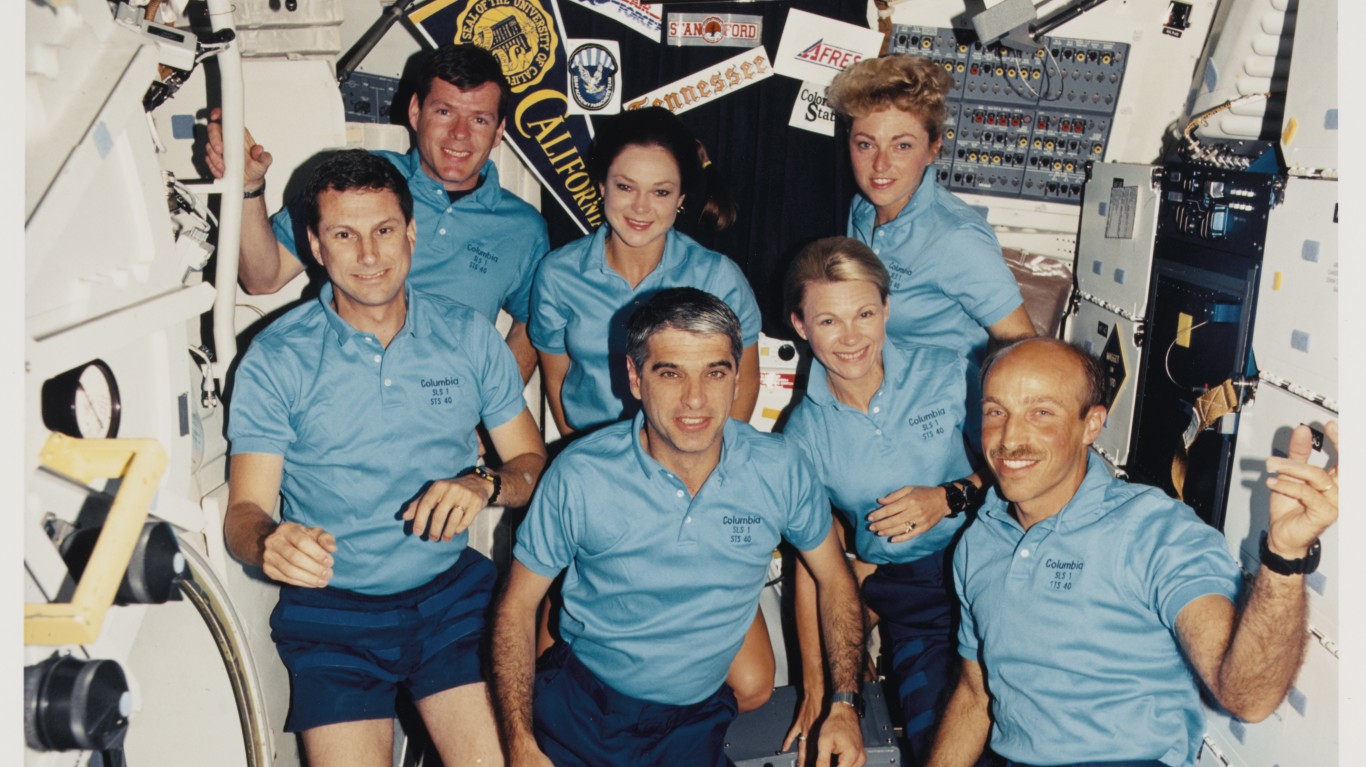
Its official name was the Space Transportation System (STS) but was popularly known simply as the Space Shuttle program. Starting in 1969, the program was charged with developing a reusable spacecraft that could cut down on the high cost of single-use rockets and capsules to get astronauts into space.
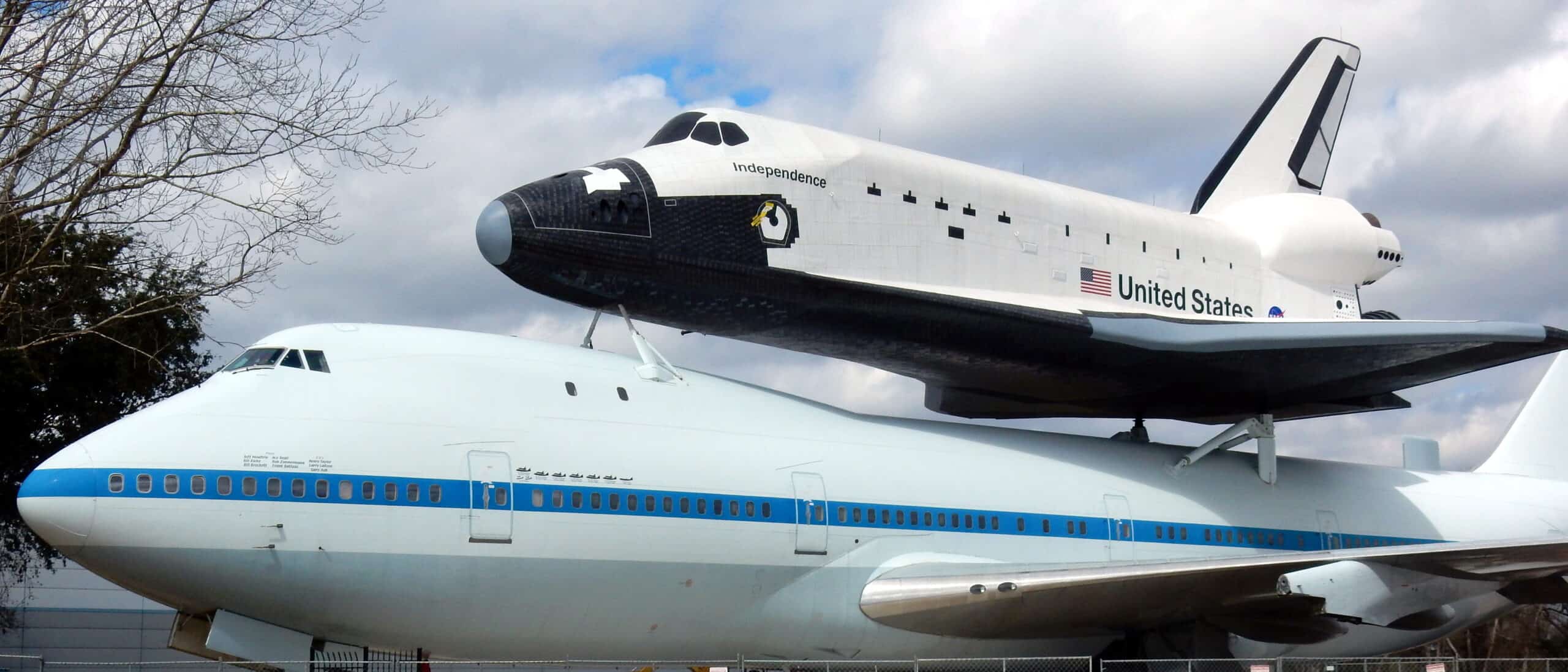
Flights took off from the Kennedy Space Center in Florida with the shuttle riding on the side of an external fuel tank with a pair of reusable solid rocket boosters on either side. These would drop away during launch as the shuttle moved into orbit. After completing its mission, the shuttle would reenter the atmosphere, protected from the heat by special tiles on its lower surface, and glide to a runway landing in Florida or California. If the landing took place in California, the shuttle would ride on the back of a modified Boeing 747 to Florida for its next launch.
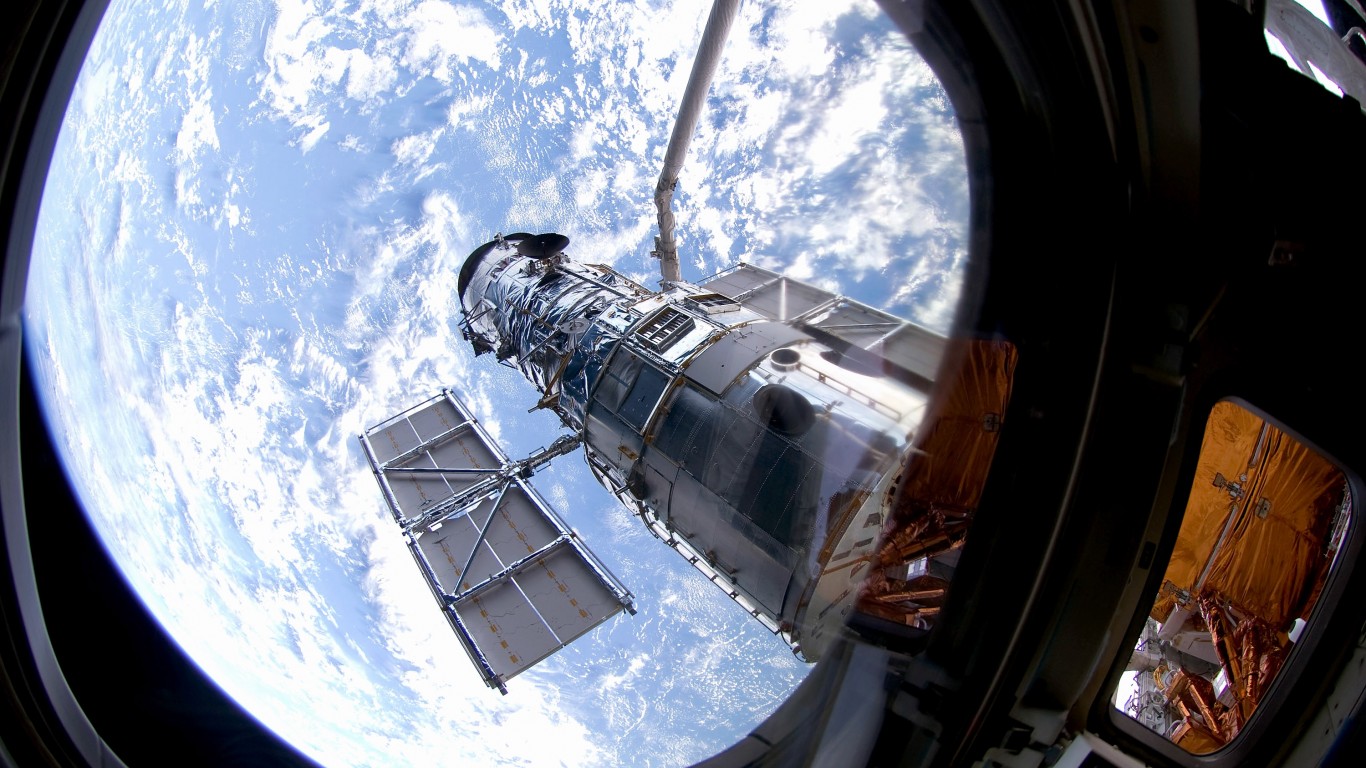
The first test flights were in 1981 followed by operational flights the next year. The program’s 5 working shuttles flew 135 missions from 1981-2011. These operations launched satellites, space probes, and the Hubble Space Telescope, did orbital science experiments, and helped construct, supply, and crew the International Space Station. Next up, the shuttles ranked by the number of missions they completed.
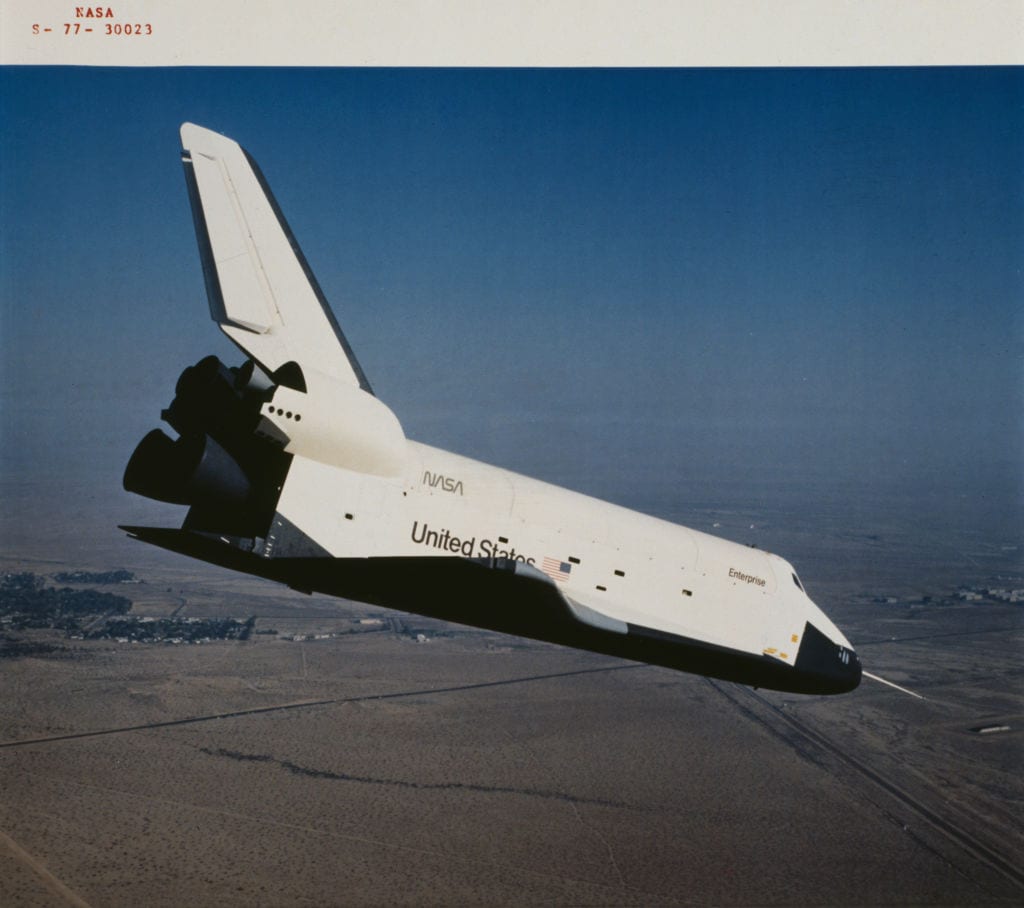
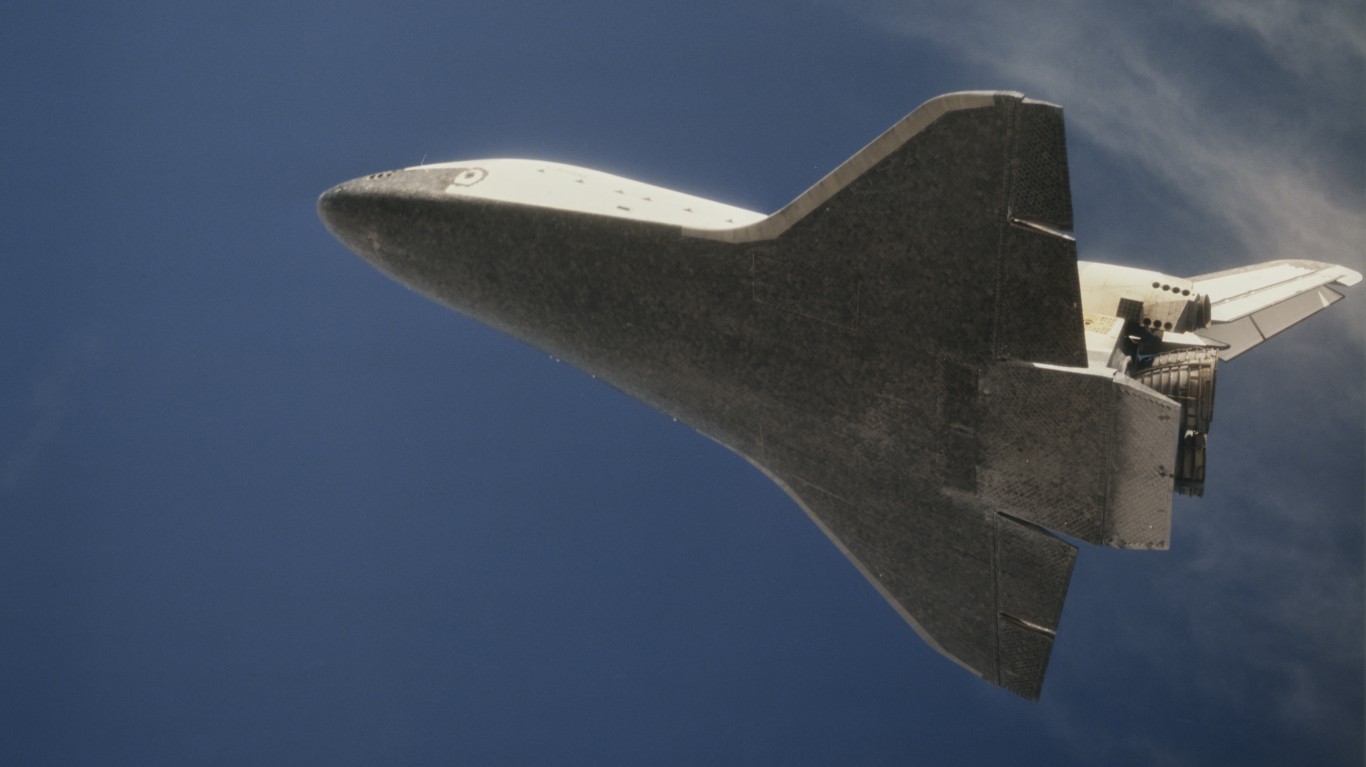
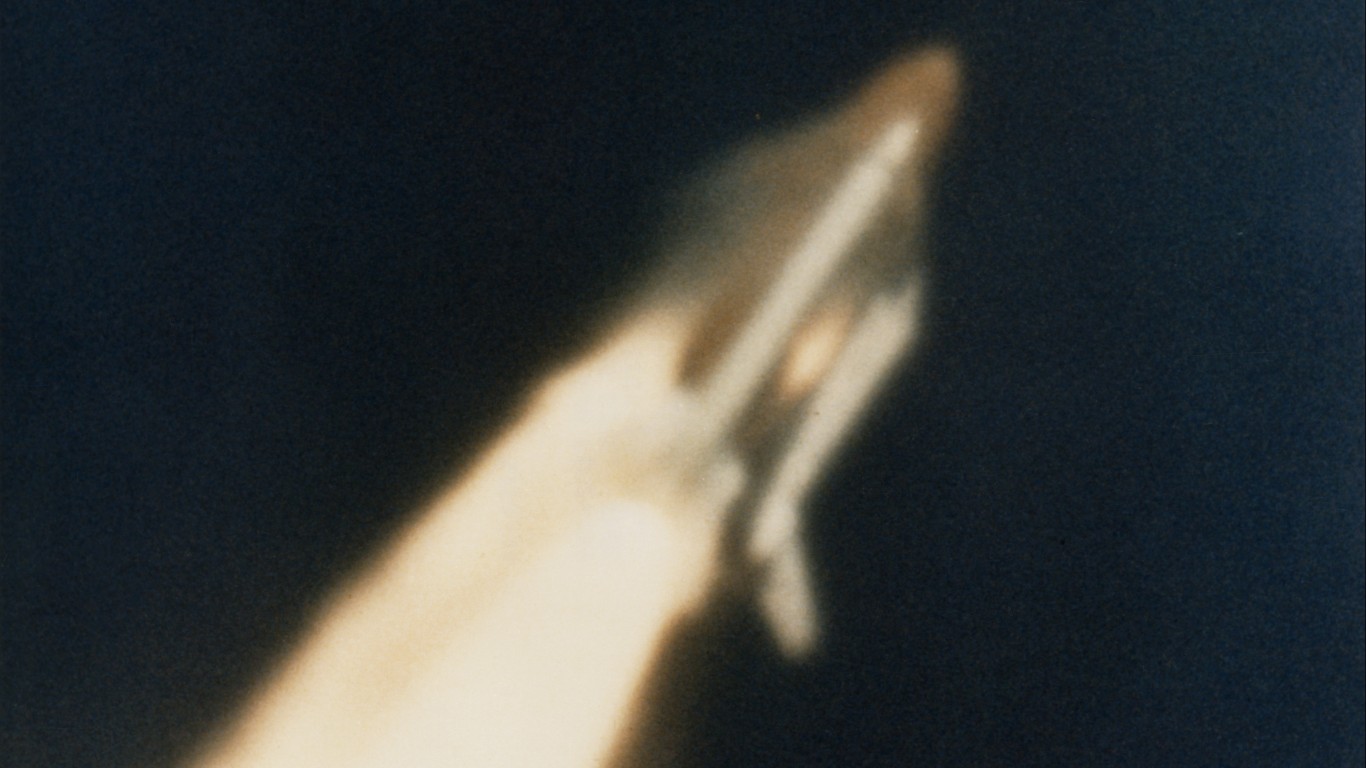
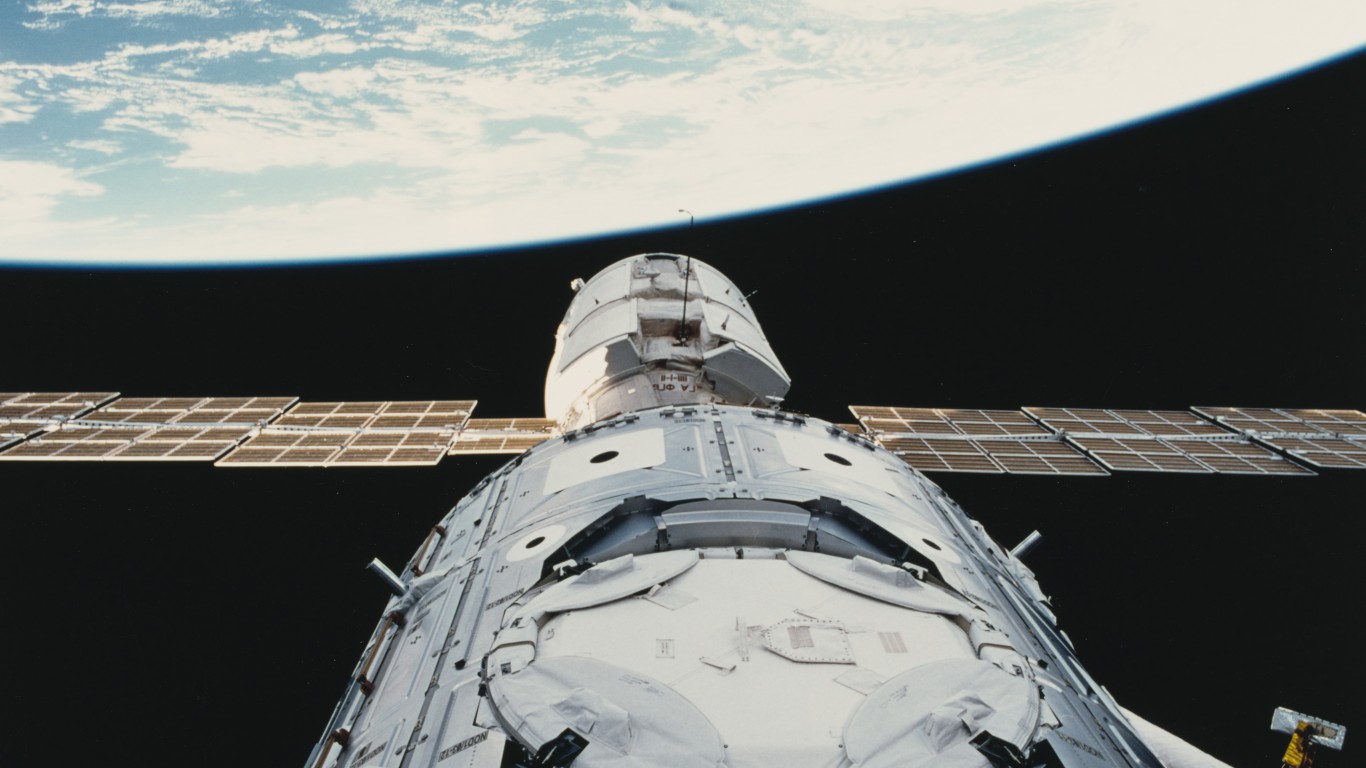
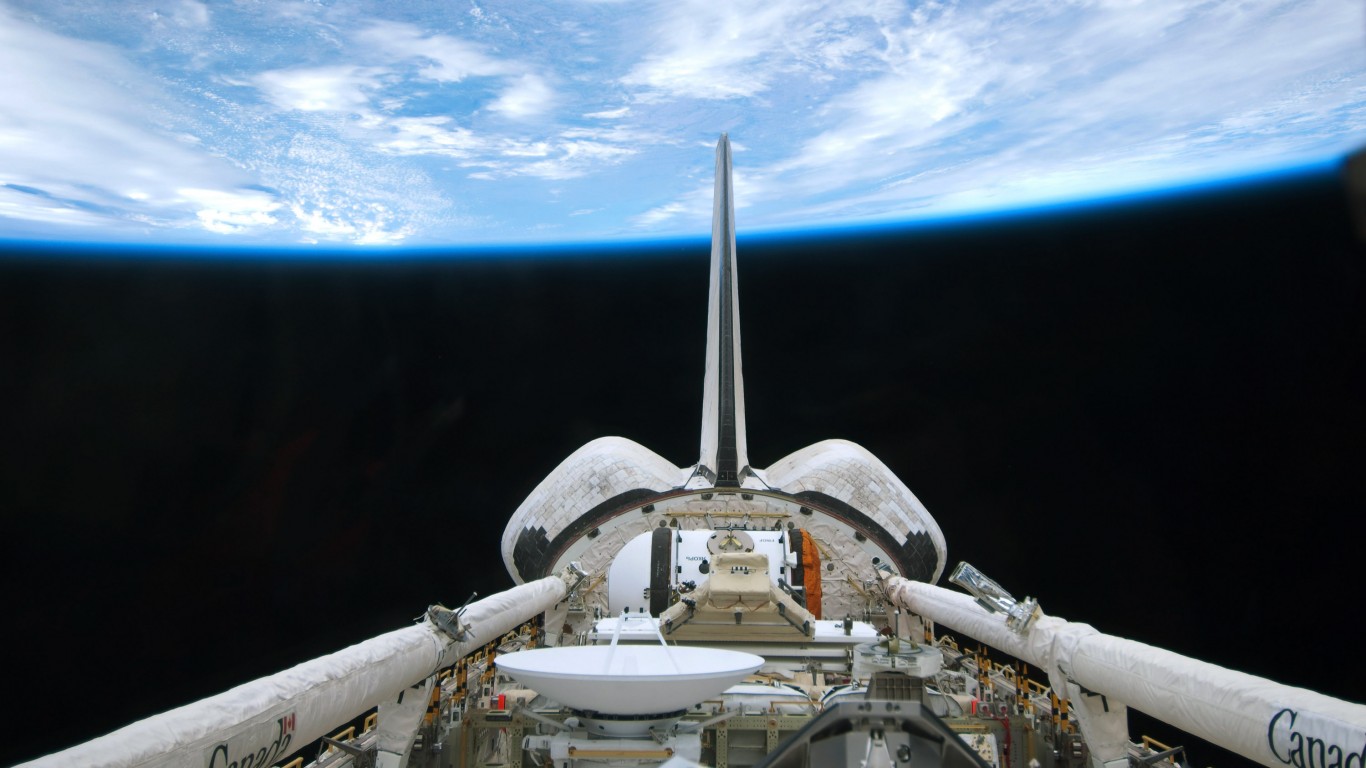
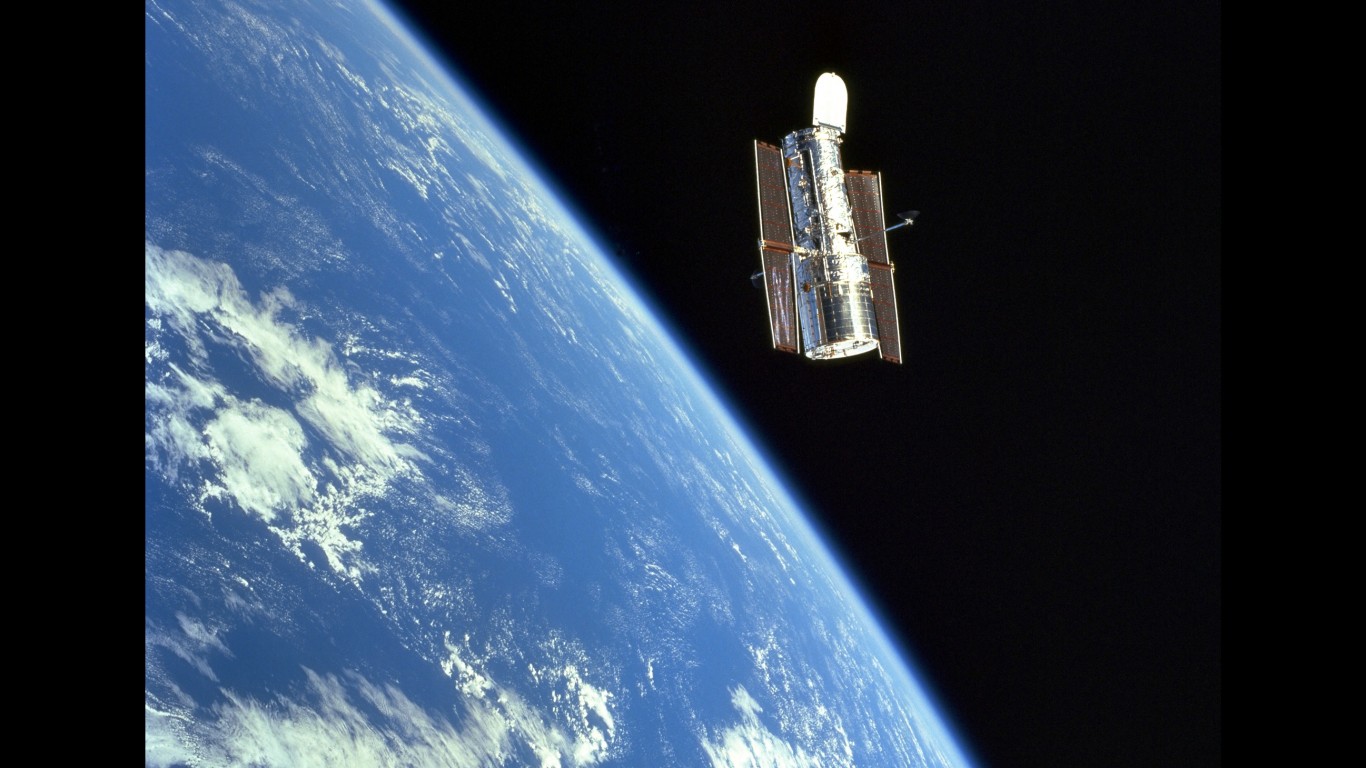
Discovery wins the prize as the most successful space shuttle. Its 39 flights are more than any other shuttle. It logged 365 days in space and covered 148,221,675 miles orbiting the Earth. That would be about 310 trips to the Moon and back!
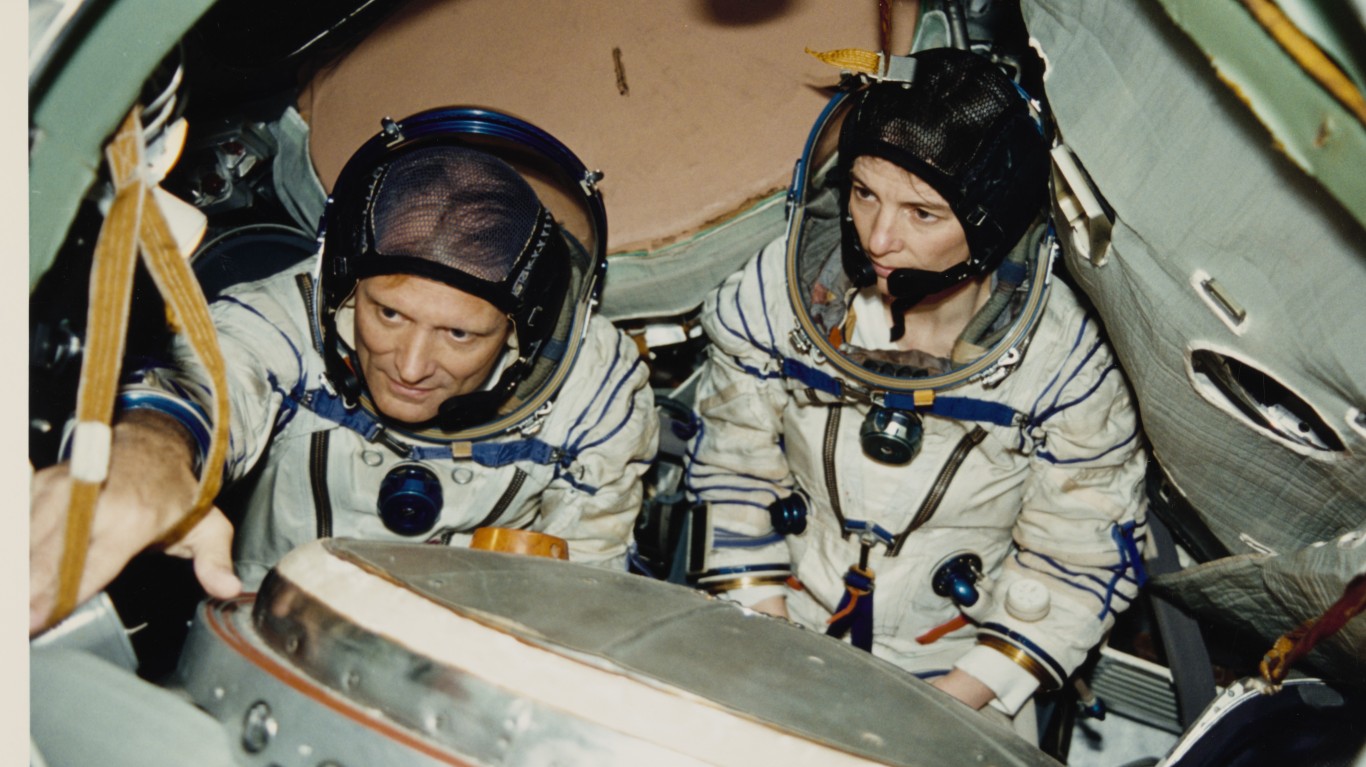
American astronauts began going to space in Russian Soyuz craft launched from Kazakhstan in 2000 as part of the international cooperation that built the International Space Station, and Russian astronauts would ride the shuttle. Once the shuttle program ended in 2011, NASA began using Russian transportation more frequently at a cost of $47-$70 million per astronaut. Both because of the cost and the uncertainty in U.S./Russian relations, NASA was highly motivated to find a home-grown alternative through partnerships with American companies.
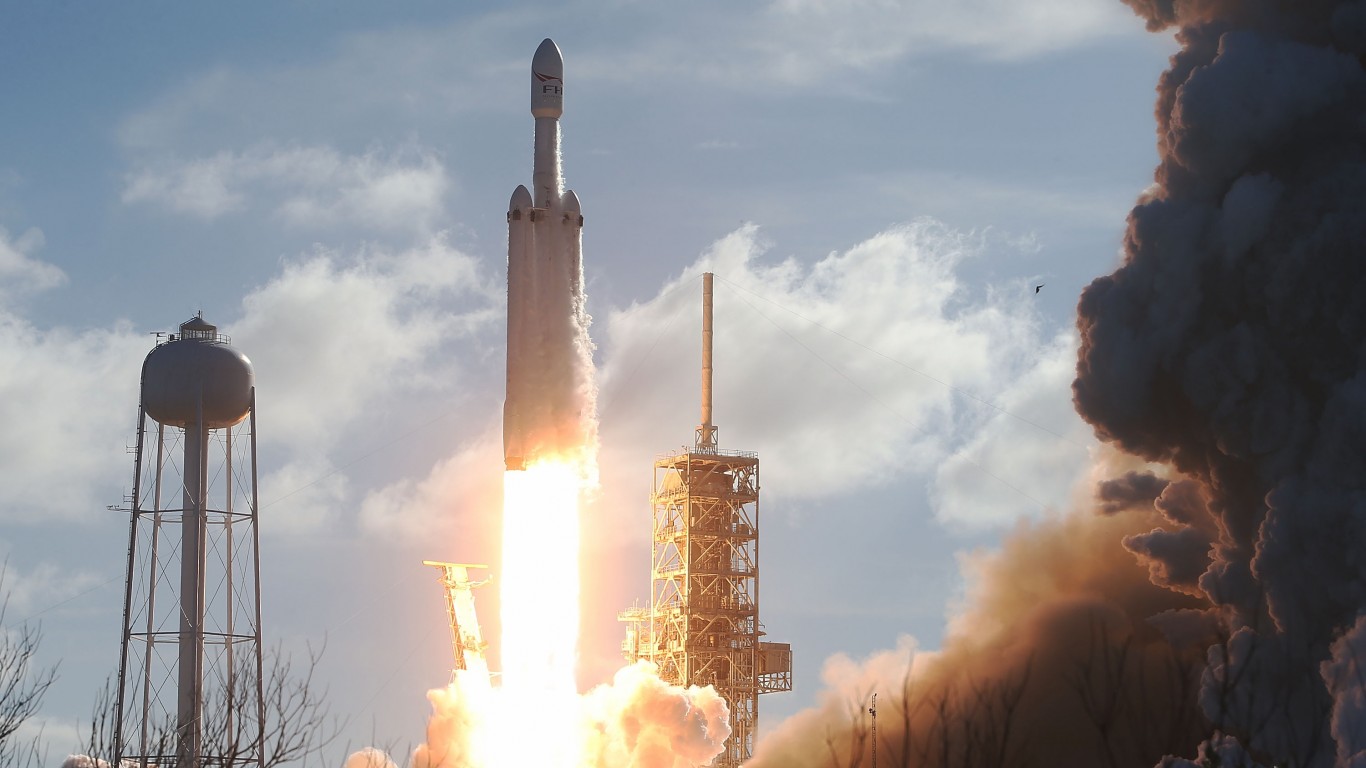
NASA is partnering with 7 American companies to save the government mone, bring down the cost of spaceflight, and make it more commercially profitable and accessible. These are the NASA partners:
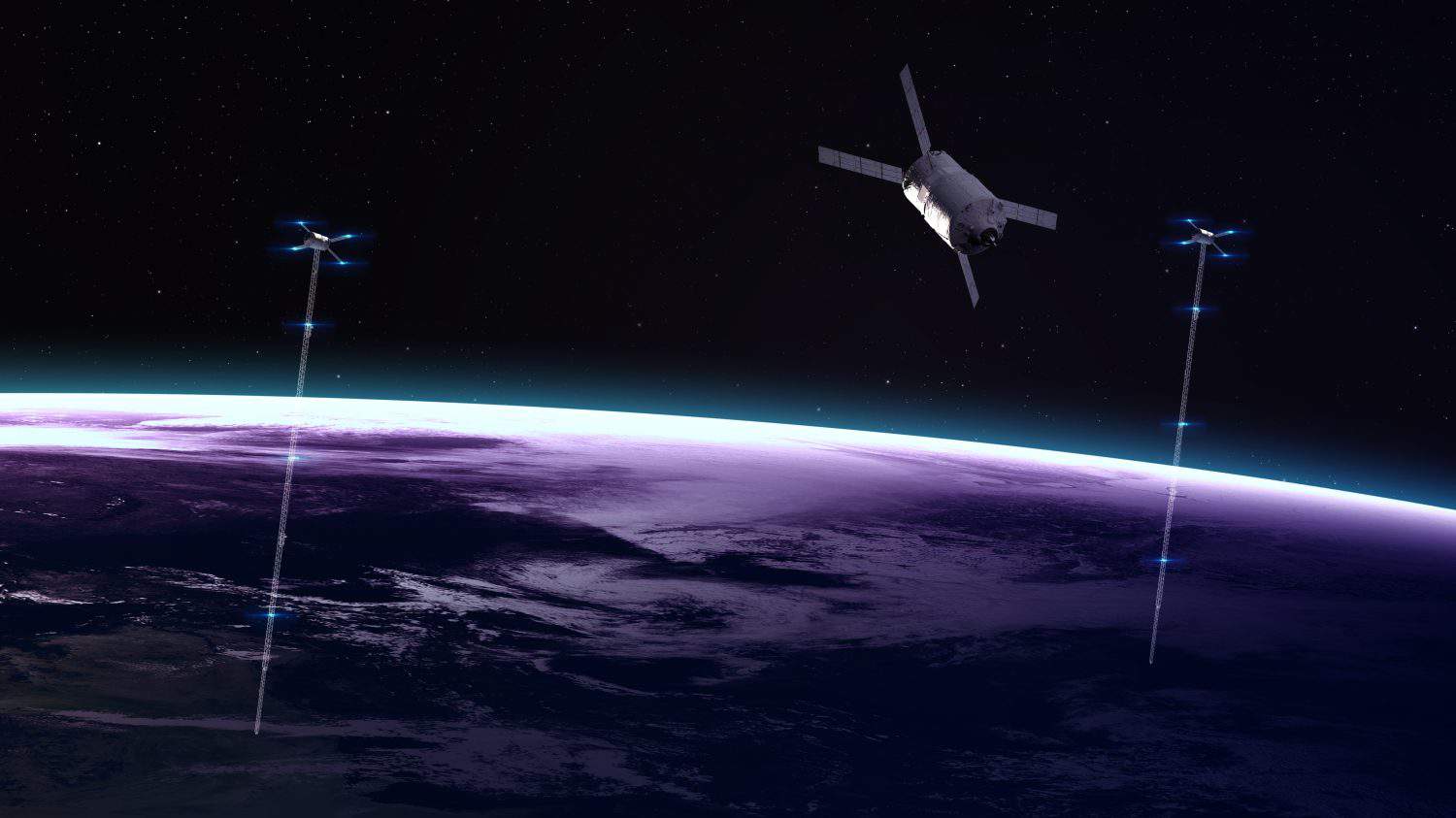
One day you might be able to strap into a cable car that would slowly ascend along a cable stretching from the ground up to a space station in geosynchronous orbit. Thousands of people could go into space to live, work, or vacation. It’s an idea under serious study, but materials science has not yet produced something lightweight and strong enough to build a workable cable for this purpose. Given that it could take several days to reach orbit this way, the elevator music had better be good!
The thought of burdening your family with a financial disaster is most Americans’ nightmare. However, recent studies show that over 100 million Americans still don’t have proper life insurance in the event they pass away.
Life insurance can bring peace of mind – ensuring your loved ones are safeguarded against unforeseen expenses and debts. With premiums often lower than expected and a variety of plans tailored to different life stages and health conditions, securing a policy is more accessible than ever.
A quick, no-obligation quote can provide valuable insight into what’s available and what might best suit your family’s needs. Life insurance is a simple step you can take today to help secure peace of mind for your loved ones tomorrow.
Click here to learn how to get a quote in just a few minutes.
Thank you for reading! Have some feedback for us?
Contact the 24/7 Wall St. editorial team.